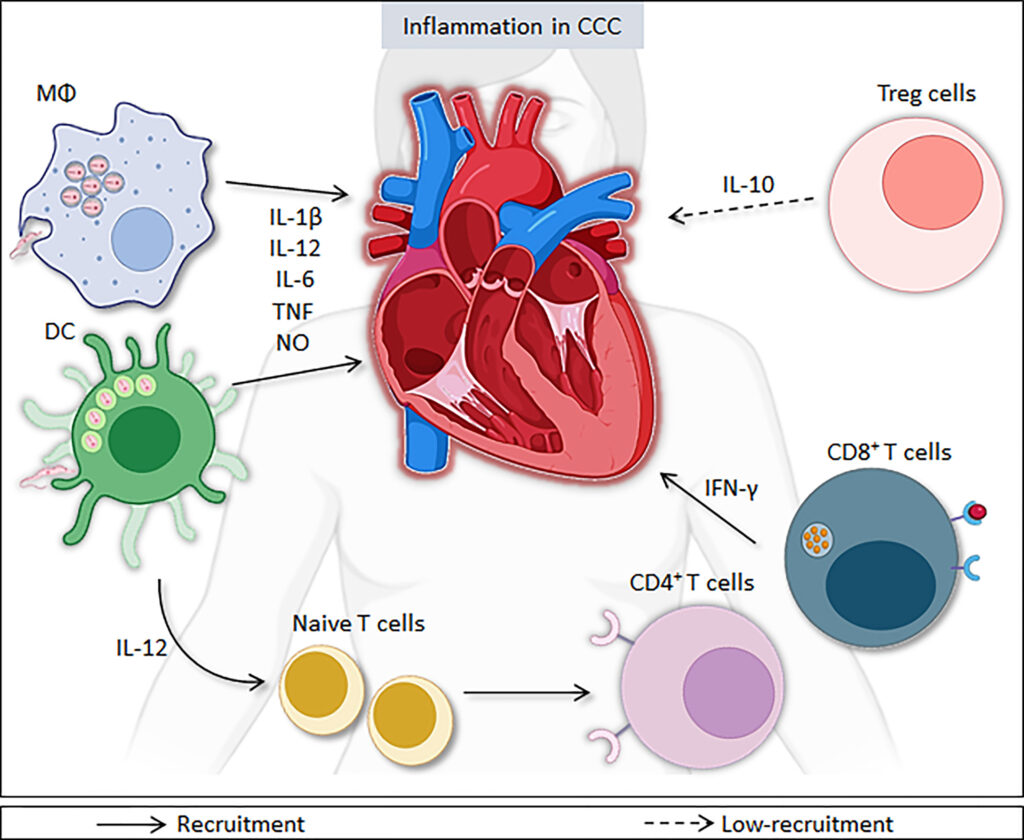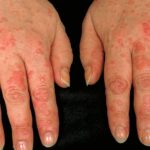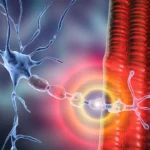Chagas disease, caused by the Trypanosoma cruzi parasite, presents a major health challenge, particularly in regions of Latin America. It can lead to significant morbidity and mortality if left untreated, though it often remains asymptomatic in many patients, entering what is known as the chronic indeterminate phase. This phase, though not immediately dangerous, can evolve into more severe manifestations of the disease if not managed appropriately.

In this comprehensive guide, we will explore the chronic indeterminate phase of Chagas disease, its symptoms, diagnostic methods, treatment strategies, and the importance of monitoring patients in this phase.
What is Chronic Indeterminate Chagas Disease?
Chronic indeterminate Chagas disease refers to a phase in the progression of Chagas disease where individuals infected with Trypanosoma cruzi exhibit no overt symptoms despite being chronically infected. This phase occurs after the acute stage of the disease and is characterized by an absence of clinical manifestations. However, the parasite remains present in the body, and the disease can progress to the chronic symptomatic phase, potentially leading to serious complications like heart disease or digestive disorders.
Duration and Risk Factors
The indeterminate phase can last for decades, with some patients remaining in this stage throughout their life. However, the risk of progressing to the symptomatic phase increases with time. Factors such as the immune status of the individual, the strain of the T. cruzi parasite, and access to healthcare can influence the progression of the disease.
Symptoms and Diagnosis of Chronic Indeterminate Chagas Disease
Symptoms
Patients in the chronic indeterminate phase typically remain asymptomatic, meaning they show no signs of disease. This absence of symptoms makes diagnosis challenging and often requires regular monitoring for the presence of T. cruzi in the blood.
Some individuals may experience mild symptoms like fatigue, mild fever, or localized swelling, but these symptoms are generally not pronounced. It’s important to note that while patients might not exhibit overt symptoms during this phase, the parasite is still active in the body, making ongoing testing crucial for detecting potential progression.
Diagnostic Methods
Early detection of Chagas disease, particularly in its indeterminate phase, requires a combination of serological tests and sometimes molecular diagnostics. The primary diagnostic tools include:
- Serological Testing: Blood tests to detect antibodies against Trypanosoma cruzi are the most common diagnostic method.
- Polymerase Chain Reaction (PCR): This test identifies the presence of parasite DNA in the blood, allowing for detection in cases where antibody levels might not yet be significant.
- Electrocardiogram (ECG): Though not diagnostic by itself, an ECG may show early signs of heart involvement, which can be a sign of progression to the symptomatic phase.
Since many people remain asymptomatic for years, regular monitoring through these tests is essential for managing chronic indeterminate Chagas disease.
The Importance of Early Diagnosis and Monitoring
Preventing Disease Progression
Even though patients in the chronic indeterminate phase do not exhibit symptoms, the disease can silently progress, especially when left untreated. Early intervention and monitoring can help prevent the transition to more serious forms of Chagas disease, which can result in life-threatening conditions such as heart failure or digestive issues. The chronic phase is particularly concerning for those with underlying risk factors like weakened immune systems, older age, or co-existing conditions.
Monitoring Strategies
It is vital for individuals diagnosed with Chagas disease, even in its indeterminate phase, to undergo periodic assessments. Regular blood tests, ECGs, and imaging studies of the heart and digestive system help monitor for any emerging complications. The use of modern diagnostic tools, like echocardiography and advanced imaging techniques, can help detect early damage to organs before symptoms appear.
Treatment Options for Chronic Indeterminate Chagas Disease
Antiparasitic Therapy
While patients in the chronic indeterminate phase may not experience symptoms, the administration of antiparasitic drugs like benznidazole or nifurtimox may still be recommended to reduce the parasite burden and prevent further complications. These medications are most effective when administered during the early stages of infection but can still provide benefits to those in the chronic phase by halting parasite replication.
The decision to initiate antiparasitic treatment in the chronic indeterminate phase depends on various factors, including:
- The overall health of the patient
- The presence of any early signs of organ involvement
- The age of the patient
- The geographic area of infection, which may influence parasite strain virulence
Symptom Management and Supportive Care
For patients who transition to the symptomatic chronic phase, treatment focuses on managing the symptoms and preventing complications. For instance:
- Heart failure treatment: Medications such as beta-blockers, ACE inhibitors, and diuretics can help manage symptoms of heart failure associated with Chagas heart disease.
- Digestive management: In cases where Chagas disease causes digestive complications, such as megaesophagus or megacolon, surgical intervention or symptom-specific therapies may be necessary.
Ongoing Research and Future Therapies
Ongoing research into vaccines and new antiparasitic drugs holds promise for improving the management of Chagas disease in both the chronic indeterminate and symptomatic phases. Additionally, advances in diagnostic tools may allow for earlier detection and better management of the disease before it leads to irreversible organ damage.
Prognosis and Life Expectancy
While the chronic indeterminate phase is generally not life-threatening on its own, there is a risk of developing complications years or decades later. The overall prognosis for individuals with chronic indeterminate Chagas disease largely depends on factors such as early intervention, the development of any symptoms, and the ability to manage organ involvement.
Factors Influencing Prognosis
- Access to healthcare: Timely diagnosis and treatment can significantly improve outcomes.
- Health of the individual: Younger, healthier patients tend to have better long-term outcomes.
- Parasite strain: Some strains of T. cruzi are more virulent and associated with a higher risk of progressing to the symptomatic phase.
Preventive Measures and Public Health Strategies
While chronic indeterminate Chagas disease is often asymptomatic, its long-term implications make it a significant public health concern. Preventing the spread of Trypanosoma cruzi involves a multifaceted approach that includes:
- Vector control: Reducing the population of triatomine bugs, the primary vectors of Chagas disease, is crucial.
- Blood screening: Ensuring blood donations are screened for T. cruzi to prevent transmission through transfusions.
- Public education: Raising awareness about the disease and its potential risks, particularly in endemic areas, is key to early diagnosis and treatment.
MYHEALTHMAG

